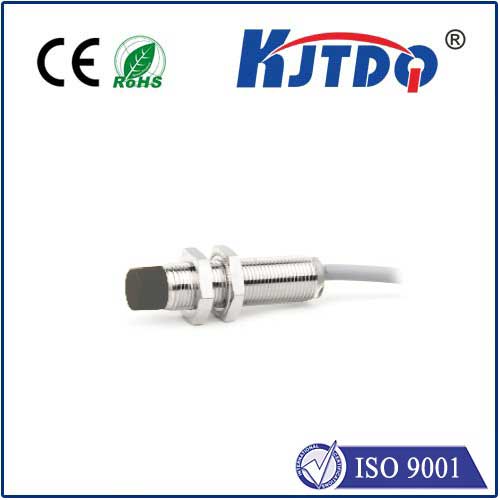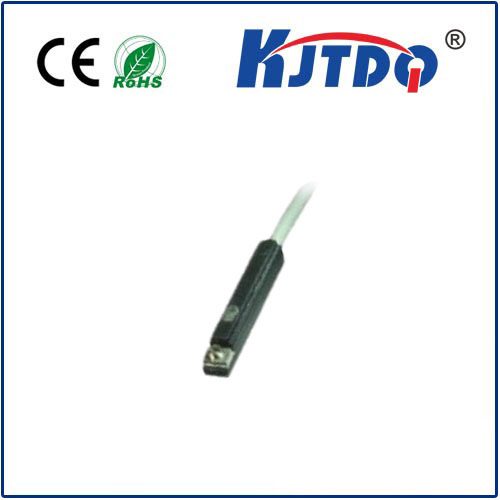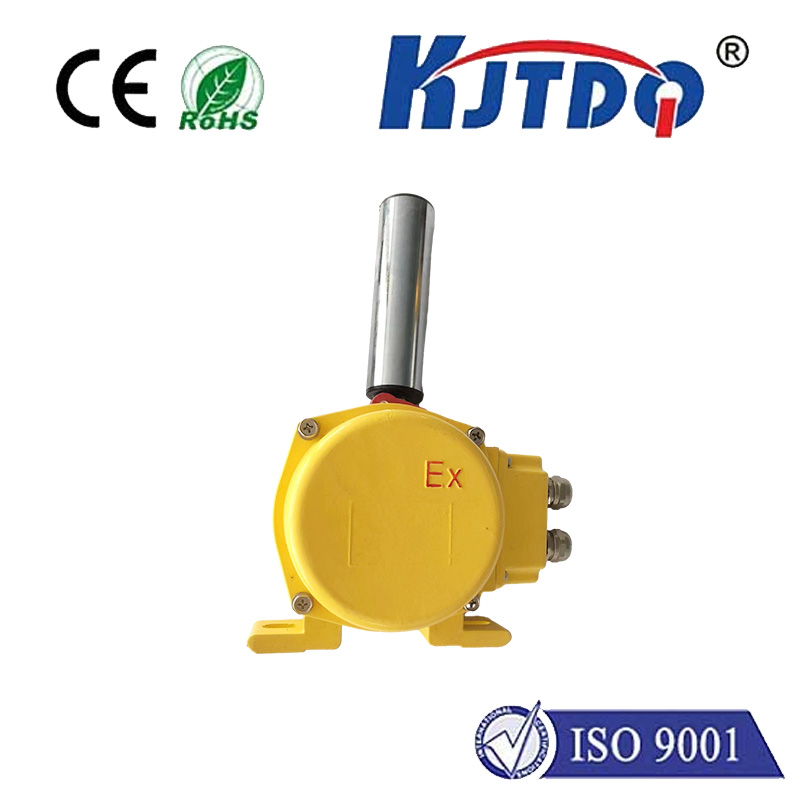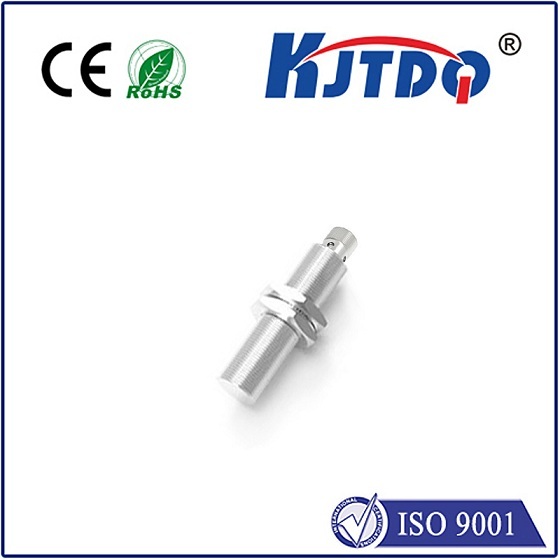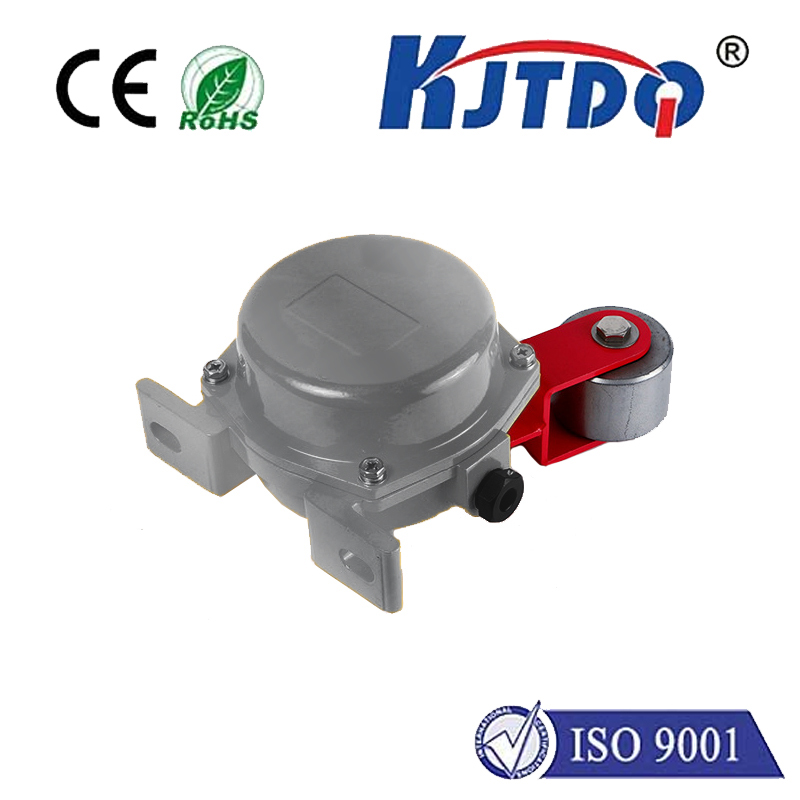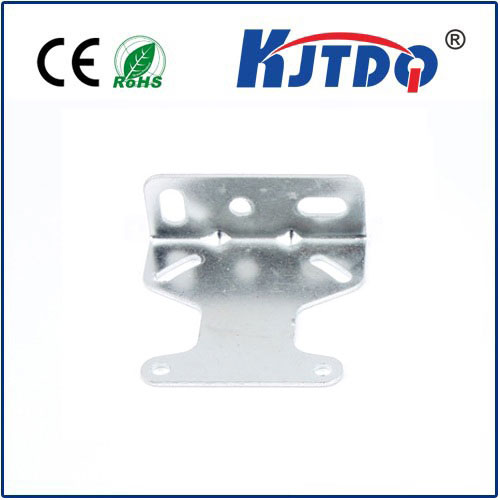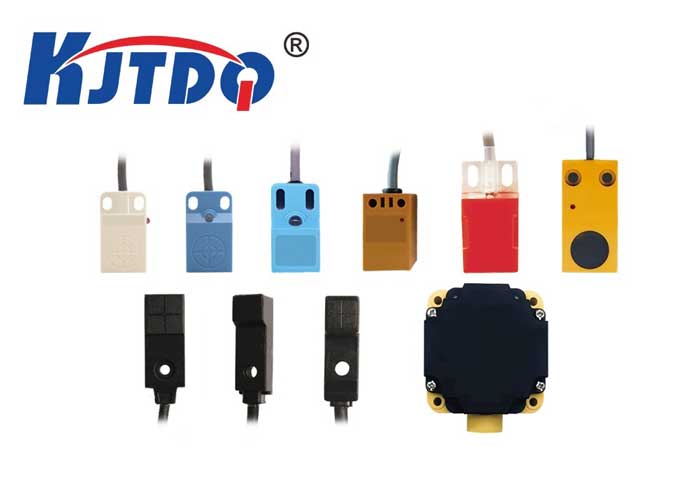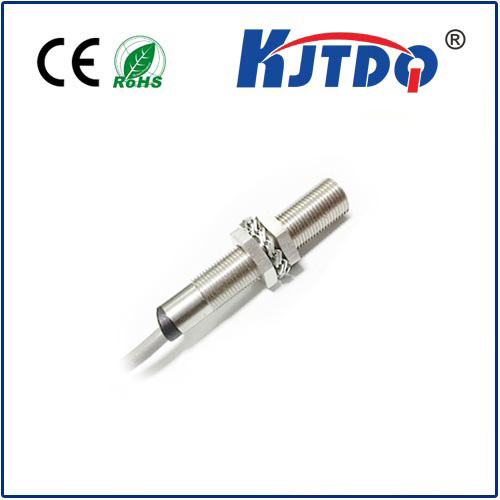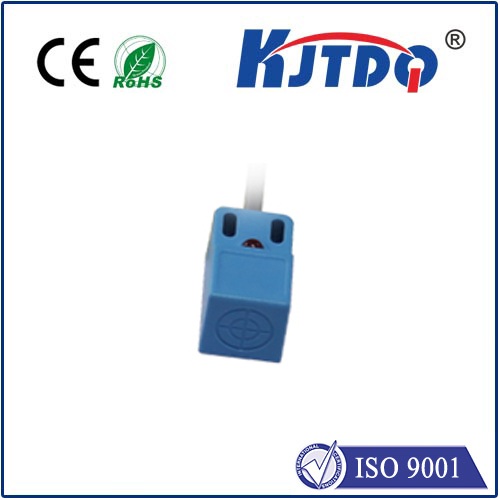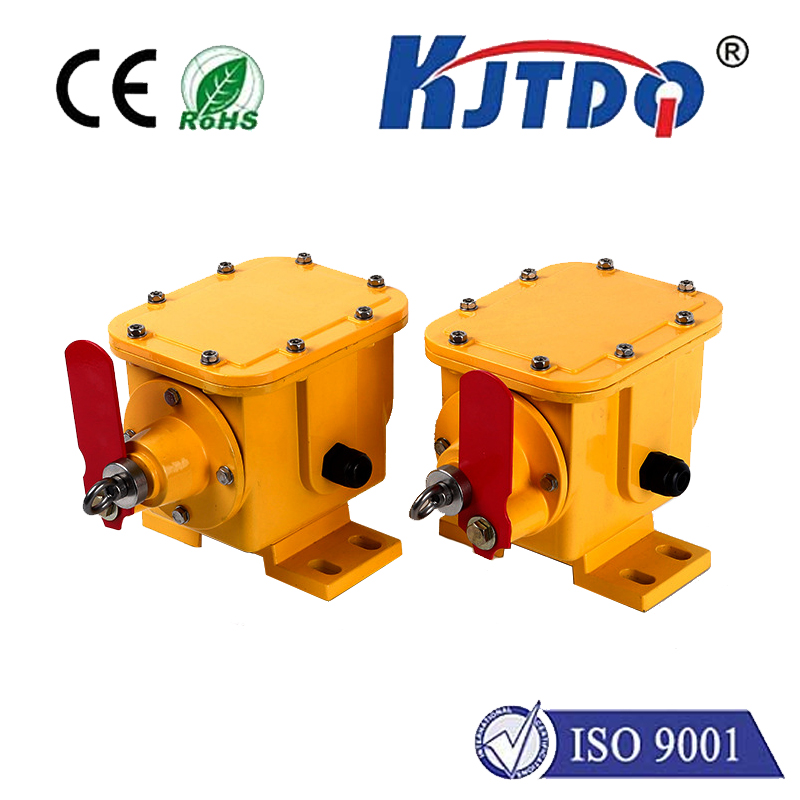
check

check

check

check
Introduction
The Internet of Things (IoT) has revolutionized the way we interact with technology, making our lives more convenient and efficient. One crucial component of IoT devices is the reed switch proximity sensor, which plays a critical role in determining device activation and deactivation. Additionally, this article explores how the combination of reed switch and proximity sensor enhances IoT connectivity and security.
Section 1: Understanding Reed Switches and Proximity Sensors
Reed switches and proximity sensors are two key components of IoT devices that work together to ensure device functionality and security. Reed switches are simple electronic switches that can be activated by a magnetic field or other forms of electromagnetic radiation. They are used to detect when a device is turned on or off.
Proximity sensors, on the other hand, use infrared or ultrasonic technology to determine the distance between an object and a sensor. These sensors are commonly used in applications where accurate distance measurements are essential, such as robotics, automation, and IoT devices.
Section 2: Enhancing Connectivity in IoT Devices
The integration of reed switches and proximity sensors in IoT devices enables seamless connectivity and communication between devices. When a reed switch is activated, it sends a signal to the device's central processing unit (CPU), indicating that the device is online and ready to receive commands. Additionally, proximity sensors allow for accurate detection of the device's location, ensuring that it remains connected to its intended network even in challenging environments.
Section 3: Enhancing Security in IoT Devices
By incorporating reed switches and proximity sensors into IoT devices, security concerns can be significantly reduced. For example, reed switches can be used to detect when an unauthorized user attempts to access the device. If the switch is activated when the device is not supposed to be in use, the device can automatically trigger an alert or shut down to prevent unauthorized access. Similarly, proximity sensors can be used to monitor the activity of authorized users within the device's range, helping to prevent unauthorized access or tampering.
Conclusion
In conclusion, the integration of reed switches and proximity sensors in IoT devices has significant benefits for enhancing connectivity and security. By enabling seamless connections between devices and improving device location accuracy, these components contribute to creating secure and efficient IoT systems. As technology continues to advance, it is likely that we will see even more innovative uses of these components in future IoT applications.
